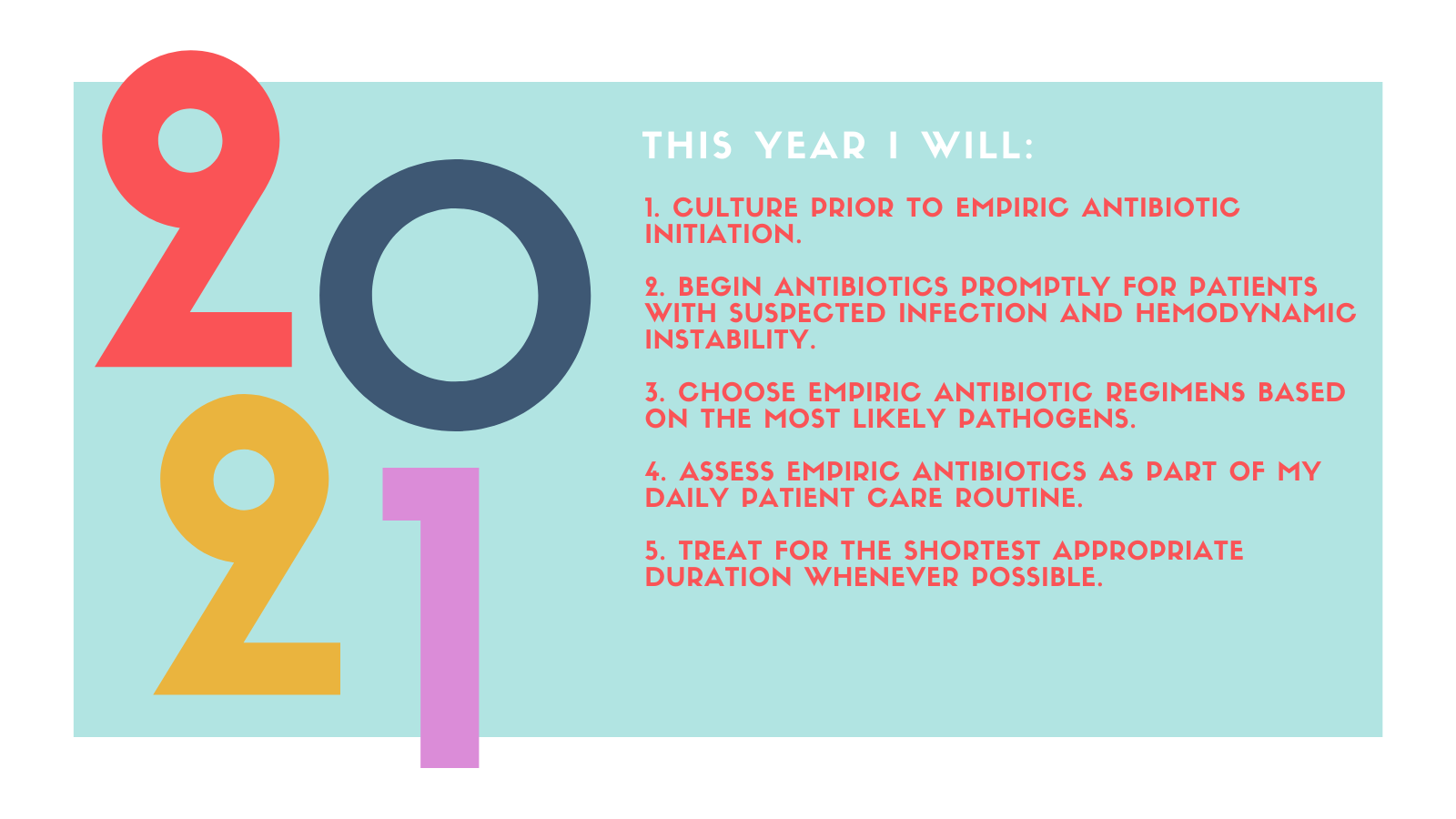
by Lindsay Daniels, PharmD, MPH
Antibiotics are life-saving drugs. Without them, modern advances in medicine would not be possible. Reducing unnecessary antibiotic exposure is essential to preserving the efficacy of these drugs for the future. Our goal in stewardship is to optimize therapy for patients who require antibiotics and avoid using antibiotics where they will not be of benefit and could cause harm. More than half of all patients receive at least one antimicrobial agent during their hospital stay. Much of this prescribing at UNC Medical Center is appropriate; however, many patients are over-treated with antibiotic therapies that are unnecessary, too broad-spectrum, or continued for excessive durations.
Every weekday, an infectious diseases (ID) physician and ID pharmacist on the Carolina Antimicrobial Stewardship Program (CASP) team work together to review current antimicrobial use across the hospital. When we identify opportunities to improve antimicrobial use for specific cases, we reach out to the clinical teams to discuss the case and provide recommendations. Clinicians also frequently contact CASP for guidance, particularly with questions related to antibiotic choice, optimal route of administration, and duration of therapy. Providing clinical expertise related to antimicrobial therapy to optimize care for individual patients is an important function of CASP. We seek to provide this service in a way that facilitates learning and collaboration.
Ultimately, antimicrobial stewardship affects all of us because of its potential to slow antimicrobial resistance, and as such, this work involves everyone. We all aim to provide the best care for patients, and appropriate antibiotic prescribing is our shared responsibility.
 Everyone can be an antimicrobial steward. Here are a few ways healthcare professionals can put antimicrobial stewardship principles into practice:
Everyone can be an antimicrobial steward. Here are a few ways healthcare professionals can put antimicrobial stewardship principles into practice:
1. Collect necessary microbiology specimens for culture prior to empiric antibiotic initiation.
Prior antimicrobial therapy can inhibit bacterial growth and decrease the yield of cultures. Collecting cultures prior to antibiotics improves their diagnostic utility and allows for tailoring regimens to the narrowest spectrum.
2. For patients with suspected infection and hemodynamic instability, initiate antibiotics promptly.
For clinically stable patients, it may sometimes be appropriate to use a “watch and wait” approach, holding off on empiric therapy while the workup proceeds. However, in critically ill patients and those with signs of hemodynamic instability, delays in effective antibiotic therapy increase the risk of death. In these cases, it is important to start antibiotics as quickly as possible.
3. Choose empiric antibiotic regimens based on the pathogens most likely to be encountered.
Empiric antibiotic selection should be guided by the source of infection and the most likely pathogens. Consider patient-specific factors such as immunocompromising conditions, exposures, and whether the infection is hospital or community-acquired. Familiarize yourself with local susceptibility patterns. The UNC Clinical Microbiology Lab prepares the UNC Hospitals Antibiogram each year, which can guide empiric antibiotic choices. This link is also available through your dashboard in Epic.
4. Incorporate a daily assessment of empiric antibiotics into your patient care routine.
As new information becomes available in the first few days following antibiotic initiation, adjust your plans accordingly. Incorporating an antibiotic time-out into your daily practice is an essential component of stewardship. Are antibiotics still indicated? Can the regimen be tailored based on the diagnosis, microbiology results, or clinical status? Has dosing been optimized? Is it appropriate to convert to oral antibiotics? This is also a good time to solidify a plan for duration of therapy.
5. Treat for the appropriate duration, using evidence-based short courses whenever possible.
Antibiotics should be continued only for as long as necessary to optimize cure. Several clinical trials conducted in recent years have found short courses to be equally effective compared to longer courses for many types of infections. Shorter courses reduce the risk of adverse effects, limit disruption of the microbiome, and decrease the risk of selecting for antibiotic resistant organisms. CASP has developed a guidance document for Best Practices for Duration of Antimicrobial Therapy to serve as a quick reference for evidence-based durations. We encourage you to check out this useful resource when deciding on durations of antibiotic therapy for your patients.
Lindsay Daniels is a Clinical Pharmacy Specialist in Infectious Diseases and Lead Pharmacist for the Carolina Antimicrobial Stewardship Program at the University of North Carolina Medical Center.